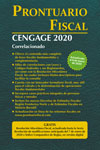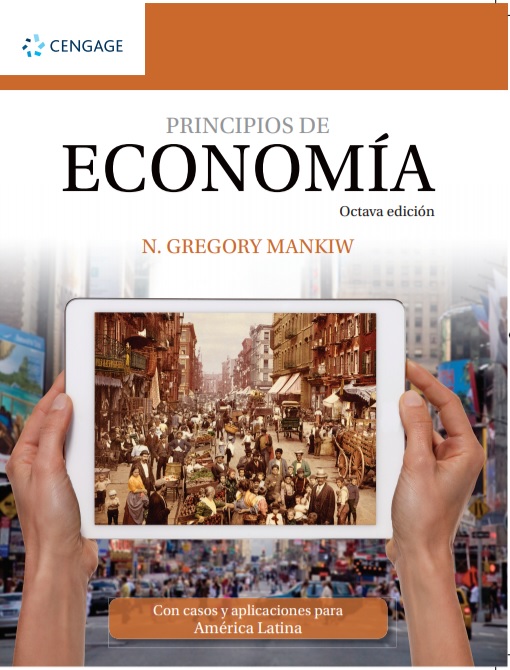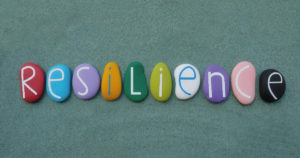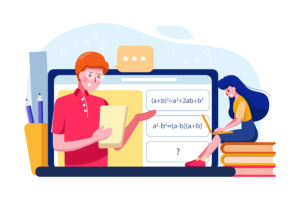Este artículo fue publicado en: noviembre 23, 2015
Many educators have had the experience of not being able to reach some students until presenting the information in a completely different way or providing new options for student expression. Perhaps it was a student who struggled with writing until the teacher provided the option to create a graphic story, which blossomed into a beautiful and complex narrative. Or maybe it was a student who just couldn’t seem to grasp fractions, until he created them by separating oranges into slices.
Because of these kinds of experiences, the theory of multiple intelligences resonates with many educators. It supports what we all know to be true: A one-size-fits-all approach to education will invariably leave some students behind. However, the theory is also often misunderstood, which can lead to it being used interchangeably with learning styles or applying it in ways that can limit student potential. While the theory of multiple intelligences is a powerful way to think about learning, it’s also important to understand the research that supports it.
Howard Gardner’s Eight Intelligences
Índice
The theory of multiple intelligences challenges the idea of a single IQ, where human beings have one central «computer» where intelligence is housed. Howard Gardner, the Harvard professor who originally proposed the theory, says that there are multiple types of human intelligence, each representing different ways of processing information:
- Verbal-linguistic intelligence refers to an individual’s ability to analyze information and produce work that involves oral and written language, such as speeches, books, and emails.
- Logical-mathematical intelligence describes the ability to develop equations and proofs, make calculations, and solve abstract problems.
- Visual-spatial intelligence allows people to comprehend maps and other types of graphical information.
- Musical intelligence enables individuals to produce and make meaning of different types of sound.
- Naturalistic intelligence refers to the ability to identify and distinguish among different types of plants, animals, and weather formations found in the natural world.
- Bodily-kinesthetic intelligence entails using one’s own body to create products or solve problems.
- Interpersonal intelligence reflects an ability to recognize and understand other people’s moods, desires, motivations, and intentions.
- Intrapersonal intelligence refers to people’s ability to recognize and assess those same characteristics within themselves.
The Difference Between Multiple Intelligences and Learning Styles
One common misconception about multiple intelligences is that it means the same thing as learning styles. Instead, multiple intelligences represents different intellectual abilities. Learning styles, according to Howard Gardner, are the ways in which an individual approaches a range of tasks. They have been categorized in a number of different ways — visual, auditory, and kinesthetic, impulsive and reflective, right brain and left brain, etc. Gardner argues that the idea of learning styles does not contain clear criteria for how one would define a learning style, where the style comes, and how it can be recognized and assessed. He phrases the idea of learning styles as «a hypothesis of how an individual approaches a range of materials.»
Te puede interesar
 Prontuario Fiscal 2020
Prontuario Fiscal 2020Ir al Prontuario Fiscal 2021 -> En 2020 entrarán en vigor nuevas y numerosas disposiciones fiscales en materias tan importantes...
Everyone has all eight types of the intelligences listed above at varying levels of aptitude — perhaps even more that are still undiscovered — and all learning experiences do not have to relate to a person’s strongest area of intelligence. For example, if someone is skilled at learning new languages, it doesn’t necessarily mean that they prefer to learn through lectures. Someone with high visual-spatial intelligence, such as a skilled painter, may still benefit from using rhymes to remember information. Learning is fluid and complex, and it’s important to avoid labeling students as one type of learner. As Gardner states, «When one has a thorough understanding of a topic, one can typically think of it in several ways.»
What Multiple Intelligences Theory Can Teach Us
While additional research is still needed to determine the best measures for assessing and supporting a range of intelligences in schools, the theory has provided opportunities to broaden definitions of intelligence. As an educator, it is useful to think about the different ways that information can be presented. However, it is critical to not classify students as being specific types of learners nor as having an innate or fixed type of intelligence.
For example, Edutopia’s Multiple Intelligences Quiz maps to Howard Gardner’s multiple intelligences and is a fun way to learn about how some of our tastes and interests can influence how we take in information. However, its results are not intended as a way to label people as naturalistic learners, musical learners, etc. Labeling creates limits, and when it comes to learning, we want to avoid restricting how we define student potential. People have many different intelligences, and strength in one area does not predict weakness in another.
Practices Supported by Research
Having an understanding of different teaching approaches from which we all can learn, as well as a toolbox with a variety of ways to present content to students, is valuable for increasing the accessibility of learning experiences for all students. To develop this toolbox, it is especially important to gather ongoing information about student strengths and challenges as well as their developing interests and activities they dislike. Providing different contexts for students and engaging a variety of their senses — for example, learning about fractions through musical notes, flower petals, and poetic meter — issupported by research. Specifically:
Te puede interesar
 Cálculo de Una Variable: Trascendentes Tempranas
Cálculo de Una Variable: Trascendentes TempranasEl estudio del cálculo ayuda a los estudiantes a comprender la disciplina de manera práctica. El modo más importante de...
- Providing students with multiple ways to access content improves learning (Hattie, 2011).
- Providing students with multiple ways to demonstrate knowledge and skills increases engagement and learning, and provides teachers with more accurate understanding of students’ knowledge and skills (Darling-Hammond, 2010).
- Instruction should be informed as much as possible by detailed knowledge about students’ specific strengths, needs, and areas for growth (Tomlinson, 2014).
As our insatiable curiosity about the learning process persists and studies continue to evolve, scientific research may emerge that further elaborates on multiple intelligences, learning styles, or perhaps another theory. Ultimately, though, the best guides for how to reach students will always come down to a teacher’s experienced intuition combined with the continuously evolving knowledge of students as individuals.
Te puede interesar
 Principios de economía
Principios de economía¿Por qué debería usted estudiar economía? La razón es sencilla: le ayudará a comprender el mundo en que vive. Existen...
See original text: http://goo.gl/cRCV6S






